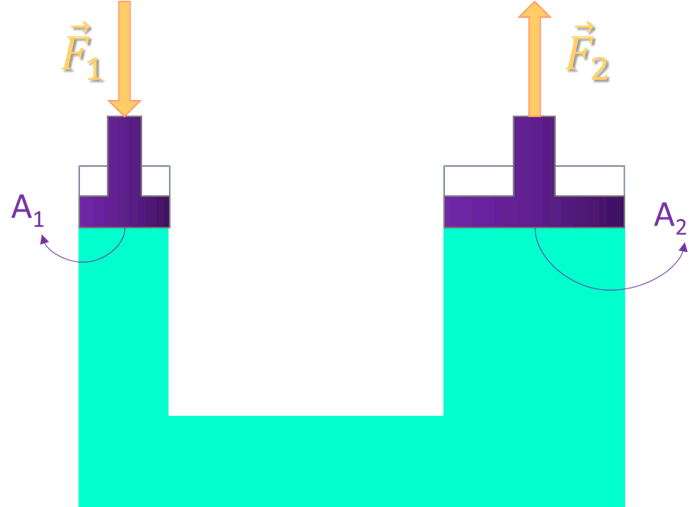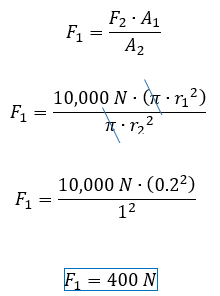What is Pascal's Principle, and how is it defined?
Miscellanea / / July 04, 2022
concept definition
In his research in the field of hydraulics, Pascal noted that as the pressure exerted by an equilibrium, incompressible fluid increases, contained in a container with non-deformable walls, the pressure is transmitted with the same magnitude in all parts and directions of said fluid. The statement states the following: “A change in pressure applied to a fluid is transmitted without diminution to all points in the fluid and to the walls of the container.”.






Industrial Engineer, MSc in Physics, and EdD
Pascal's principle can be verified using a spherical shell fitted with a piston and perforated at various points as shown in the figure. If the sphere is filled with a liquid and then pressure is exerted by the plunger, it can be seen that the fluid is expelled at the same pressure and speed through all the holes. It can be verified that the outlet pressure through the orifices is the same if tubes are placed at each outlet, and the liquid rises to the same height in each tube.

By exerting pressure on the plunger, the height of the fluid is the same in all the tubes of the outlet ports.
About Blaise Pascal, he was born on June 19, 1623, in Clermont Ferrand, France, and would later become one of the scientists, most outstanding and recognized theologians and philosophers, mainly for some of his contributions, such as Pascal's pyramid, the unit of pressure in the international system (Pascal: Pa), or the principle that bears his surname "Pascal's Principle", and that even today, is apply for the design of presses and hydraulic mechanisms. Pascal was educated by his father, who held a prominent position in the public sector. From an early age, Pascal left significant contributions in various areas such as Mathematics, Statistics and Fluid Mechanics. Later, he also ventured into the field of Philosophy and theology.
hydraulic press
One of the representative and current applications directly related to Pascal's principle can be seen in the functioning of a hydraulic press, which is a simple machine composed of two sections of different areas which are subjected to pressure by two pistons as shown in the figure.

Scheme basic of a hydraulic press
This mechanism has multiple industrial applications, one of them is to lift heavy loads such as vehicles.
Pressure is defined as:
\(P=\frac{F}{A}\)
Where:
F. magnitude of the strength applied on each plunger
A: cross-sectional area of each side of the press
P: hydraulic fluid pressure
According to Pascal's principle, the pressure inside the fluid is the same at all points, therefore:
\({{F}_{1}} ⋅ {{A}_{2}}={{F}_{2}} ⋅ {{A}_{1}}\)
This relationship implies that the net force on the larger piston when a smaller force is applied on the smaller piston will be larger the larger the ratio between the sections. Thus, if three of the four parameters of the expression, the room can be obtained by a simple clear.
Practical example
What will be the force 1 (F1) to apply in the figure shown, to generate a force 2 (F2) is 10,000 N?. The small piston 1 has a radius of 20 cm and the large piston has a radius of 1 m.
From the relationship:
\({{F}_{1}} ⋅ {{A}_{2}}={{F}_{2}} ⋅ {{A}_{1}}\)
clears F1 and replace the data of the statement:

As can be seen, Pascal's principle can be applied in a hydraulic press, since when a force F is exerted on the piston with the smallest section A11 the pressure that originates in the liquid in contact with it is transmitted completely and almost instantaneously to the rest of the liquid. In this way, knowing the area of each section and one of the forces, the value of the force at the other end can be obtained.
Another example of app Pascal's principle explains the operation of hydraulic brakes, since when stepping on this device, exerts a force on the pedal, which in turn is transmitted to a piston of smaller section that slides inside a piston. This force generates a pressure inside the brake fluid.



